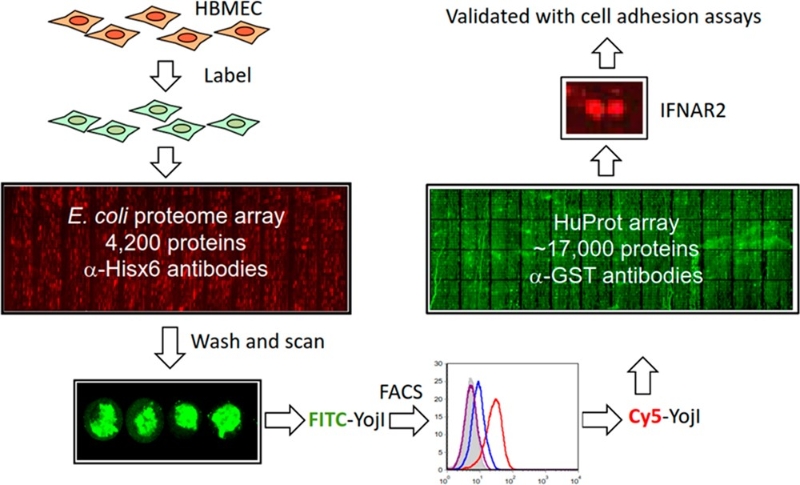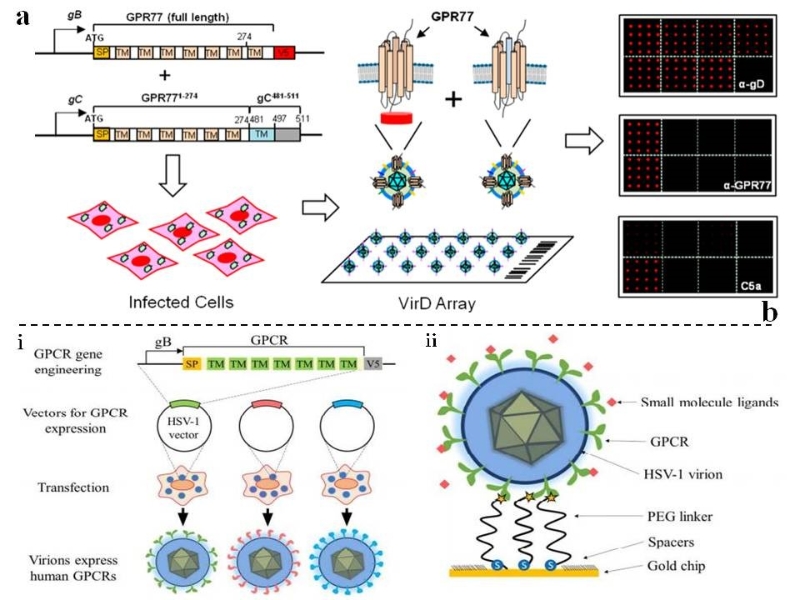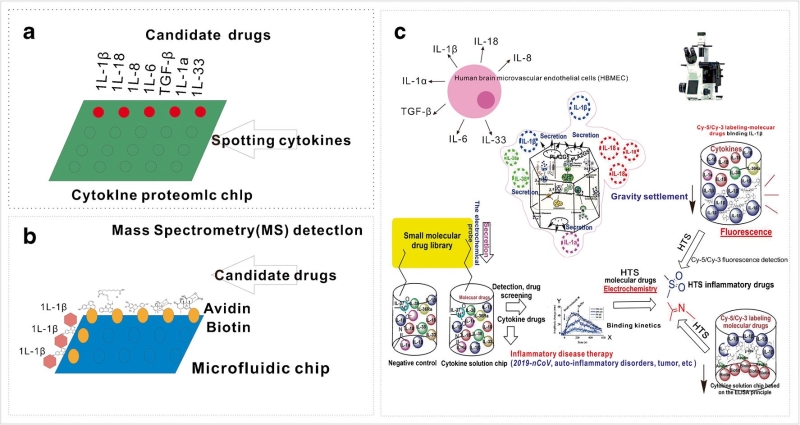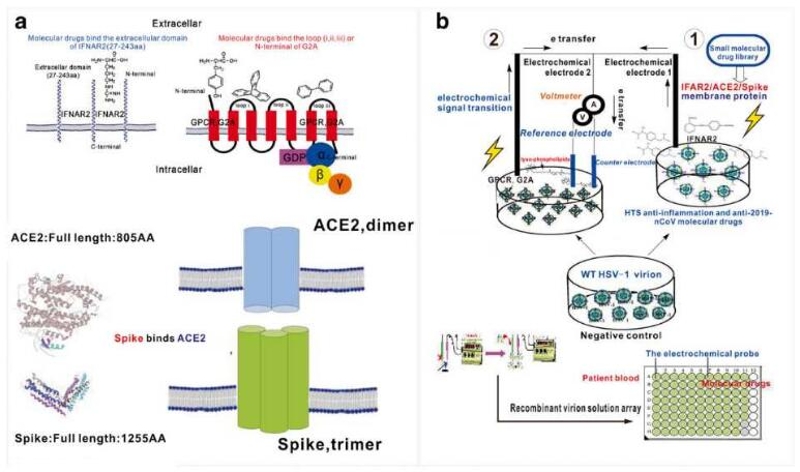- 学校主页
- 首页
-
全讯白菜网概况
- 师资队伍
- 科学研究
- 本科生教育
- 研究生教育
- 党群工作
当前位置: 首页 >>
冯莹柱, 男, 中共党员, 博士, 副教授。2005年6月考入重庆大学(CQU)生物工程学院硕博连读; 2009年11月~2012年3月博士在读期间赴美国约翰霍普金斯大学医学院药理分子科学系高通量筛选中心(Johns Hopkins University, Medical School, HIT Center)进行联合博士培养,主要构建人膜蛋白重组病毒芯片(VirD-Recombinant HSV-1 with human membrane protein receptors)用于药物的高通量筛选, 应用人类蛋白质组芯片(Huprot>18000 prs)与细菌E.coli芯片开展病原菌与宿主细胞相互作用的研究, 2013年6月获得生物医学工程工学博士学位。主要研究成果发表在分析化学领域权威TOP期刊Analytical Chemistry, 2篇(WOS: 1区, IF:8.1) (第一作者&共同第一作者); 博士毕业后,先后在上海交通大学十大菠菜网正规平台和中国科学院上海生命科学研究院生化细胞研究所从事博士后研究,研究领域为肿瘤核质穿梭分子的定位,膜蛋白互作调控机制, 细胞代谢工程; 后在中山大学生命科学学院担任副研究员。2019年7月加入菠菜全讯白菜网创新靶向药物国际研究院工作, 研究领域主要是蛋白质药物(细胞化学因子&芯片&电化学),生物相变(分子相互作用)关联膜蛋白的力-生物学, 计算机蛋白质药物设计等前沿交叉学科领域, 为细菌/病毒感染性疾病, 肿瘤免疫治疗, 糖尿病, 心血管疾病, 动脉粥样硬化, 神经等膜蛋白关联的重大疾病的诊疗提供新的观点与理论依据。研究阶段在Analytical Chemistry, Sensors, Analytical and Bioanalytical Chemistry, Future Microbiology, Colloids and Surfaces B: Biointerfaces, Medical Hypotheses, Mini Reviews in Medicinal Chemistry, 《计算机与应用化学》,《化学研究与应用》,《化学通报(Chemistry)》, 《生命的化学》等知名国内外学术期刊发表论文18篇,其中第一作者论文11篇。主持并参与包括中国博士后科学基金, 重庆市自然科学基金,重庆市教委研究计划,永川区自然科学基金,重庆大学生物流变科学与技术教育部重点实验室, 菠菜全讯白菜网人才引进等省部级研究课题10项, 在学科领域具有重要影响力。课题组从事的生物医学工程整合的药物学为新冠疫情(Covid-19)的防控作出了重要贡献, 发展了前沿创新研究领域:
1. 应用E.coli芯片与人类蛋白质组芯片(Huprot) 研究病原菌(E.coli)与宿主细胞(HBMEC)的相互作用:
Title: High-Throughput Chip Assay for Investigating Escherichia coli Interaction with the Blood−Brain Barrier Using Microbial and Human Proteome Microarrays (Dual-Microarray Technology), 第一作者 (Anal. Chem, WOS: 1区, IF: 8.1)

Figure 1. Utilization of E. coli and human proteome arrays to identify YojI and interferon-alpha receptor (IFNAR2) mediated bacterium host cell interactions. Live HBMEC was labeled with Vybrant CFDA SE cell tracer and probed to the E. coli proteome microarrays. As one of the E. coli membrane proteins that could capture the labeled HBMEC, YojI’s interaction with HBMEC was further validated using additional methods, such as FACS. To identify the host receptors of YojI, purified YojI proteins were fluorescently labeled and probed to the HuProt arrays, comprised of ∼18 000 human individually purified proteins. One of the identified human proteins, IFNAR2, was validated with cell adhesion assays. Each assay was performed in triplicate.
2. 构建重组人膜蛋白质芯片(VirD) 应用药物, 抗体(Antibody), 分子配体(Ligand), 凝集素(Lectin)的高通量、大规模筛选(High Throughput Screening, HTS), 快速发现新的先导化合物与药物作用靶标; 重组病毒可应用抗体药物的研发
Title: VirD: A Virion Display Array for Profiling Functional Membrane Proteins, 共同第一作者 (Anal. Chem, WOS: 1区, IF: 8.1)

Figure 2. a. Development of the VirD Array. Schematics of the two strategies used for the virion display system are shown. The first utilizes expression of the CDs/GPR77 molecules tagged with the V5 epitope from the gB promoter, and the second uses a chimeric expression method by fusing the CDs /GPR77 to the TM and C-terminus of glycoprotein C. The signal peptide (SP) is shown. Recombinant HSV-1 virions expressing these engineered human genes were used to infect mammalian cells, and virions released from these cells, which would incorporate the human membrane protein in the virion envelope, were purified and printed on FAST slides (AC). b. Integration of virion display (VirD) with virion-oscillators for studying membrane proteins and HTS drugs. (i) Displaying human GPCRs on HSV-1 envelope with VirD. (ii) Fabricating virion-oscillators. Each virion-oscillator consisting of a virion tethered to a gold surface with 63 nm long polyethylene glycol (PEG) linkers. The PEG linker contains a thiol and a N-hydroxysuccinimide (NHS) on its two ends, where the thiol group binds to the gold surface, and the NHS group crosslinks the virion via NHS-amine reaction (JACS).
3. 细胞化学因子&芯片&电化学传感器(药物筛选); 细胞化学因子药物与疾病治疗; 生物相变(分子相互作用); HPLC-MS检测, 计算机蛋白质药物(酶催化)设计
Title: Future Perspective: High Throughput Construction of New Ultra Sensitive Cytokine and Virion Liquid Chips for High Throughput Screening (HTS) Anti-inflammation Drugs or Clinical Diagnosis and Therapy of Inflammatory Diseases, 第一作者 (Anal. Bioanal. Chem, WOS: 2区)

Figure 3. Liquid-Liquid Phase Separation (LLPS) induced by the lentivirus infection (NLRP2:shRNA1, GFP: Control lentivirus)
a. NLRP2: ShRNA lentivirus infecting HBMEC to knock down NLRP2 gene combined with low concentration puromycin (2~3μg/mL) treatment triggers high throughput secretion of multiple cytokines through polymer membrane protein receptors (loaded 18mm×18mm circular cover slip with excellent mechanical properties).
b. Inositol hexaphosphate (IP6) molecule as a molecular glue to bind to MLKL protein to assemble and integrate on the cell membrane for water passing through.
c. Lentivirus infection provides a single strand RNA which served as scaffold for protein aggregation in HBMEC.
Attached Figures:


- 师资队伍





